This is the final blog post of the three-part conversation between film professor, media producer, theorist, and activist Alexandra Juhasz and writer and filmmaker Peter Snowdon.
Alex
In this moment, living in COVID; living as we do in isolation; living in fear; living in America (as I do) where, thank goodness, we have a new president; but still living under a shadow of Trump; living on racist underpinnings, systems, and structures ongoing; it’s hard to watch media right now with anything other than cynicism, fear, depression—this is what I bring to images today. And yet somehow, I am still committed to media, even as most recently, I’ve left the physical and indexical image, working instead with poetry as a format for radical digital media literacy about the social media crisis which is fake news. What do you feel about video now?
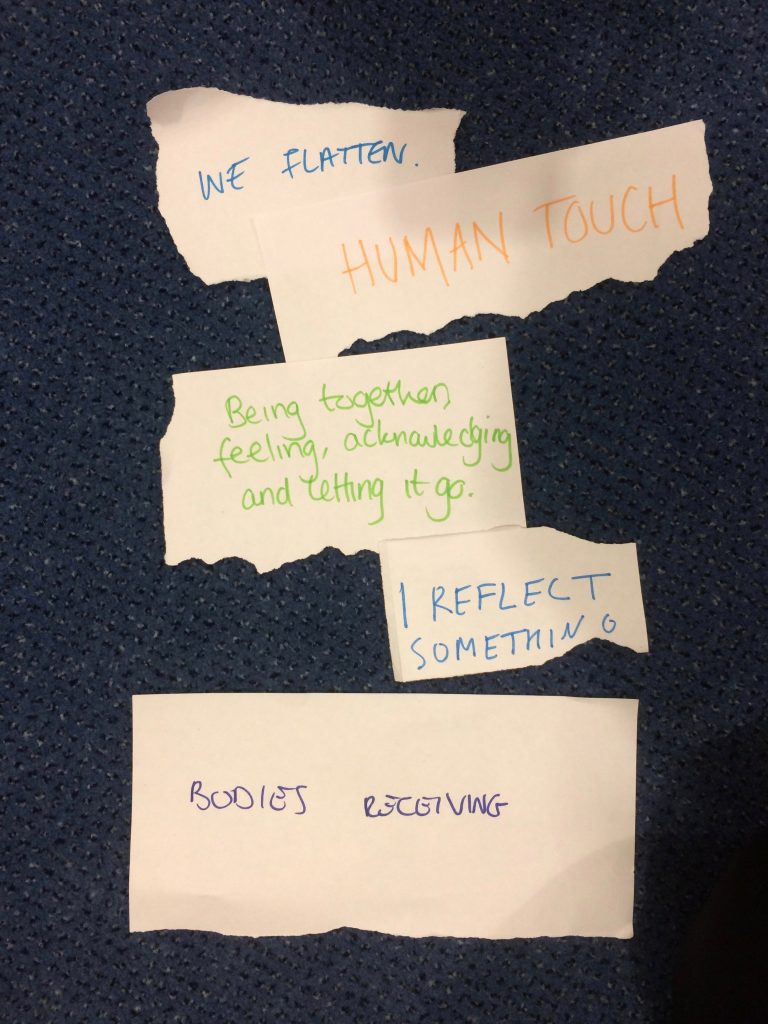
Figure 17: Group poem penned at a Fake News Poetry Workshop with the feminist queer writer’s collective, Devil’s Dyke, in Brighton England, 2018
Peter
I have been through a period of deep disillusionment with images, and with artistic practice in general, over the last two years. Am I coming through that? I guess only time will tell. What I do think is that something is broken, and that has as much or more to do with the way in which media are produced and circulated, as it has with the films and videos as objects in and of themselves. The cinema, to give it its grandest name, still seems to me perfectly functional. But it seems to be functioning increasingly in terms of an audience that already exists, and not an audience – a public, or a people – that is yet to come. One historic sequence in this history is over, perhaps, and the next is only just emerging, and we cannot see it clearly. But I share the conviction of the Tunisian critic Tahar Chikahoui, that if we want a glimpse of that future, we are more likely to find it in these vernacular videos from the Arab revolutions (even if they are already a decade old…), than on Netflix or on Mubi.
Like you, I do find myself wanting to explore other forms which have different constraints and different possibilities. I spent 2019 trying to write a novel that took what I had learned about structure and editing from making films and tried to redeploy that on the page, in my case, in prose. It didn’t work out – partly because the particular subject I chose to work with backfired on me. But I enjoyed the process, and I have a sense that I may want to try it again…
At the same time, I think that our current situation deserves investigation in its own terms. The bizarre and often shifting mixtures of connection and isolation produced by lockdown are something new, and have produced a series of forms which offer new opportunities for both extrapolation and subversion. So one thing I’m working on right now is a series of conversations (in different media) for the journal Collateral, which I’m co-curating with my friends Paige Sarlin and Remco Roes. In these, I’m particularly interested in how lockdown has and has not changed the ways in which we talk with each other.
In reading again sections of your Learning from YouTube, I was struck by this thing you say several times, about how media activism isn’t about individual images or individual videos. It’s about the whole context of action and process and community that exists around and between the videos. And for me, I think we make our best decisions about those kind of things with other people, not in isolation. Being in collectivity with others provides us with resources that we don’t have when we think we’re on our own. How that is possible for us right now, when we cannot so easily leave the house to assemble in common spaces, is an open question. But I am sure that some of what is going on – both online and offline – has already generated creative responses to these questions that would not have been found otherwise. And the full potential of those inventions and strategies may not be fully visible, or recognised, for some time.
Alex
In my current activist COVID work produced with the collective What Would an HIV Doula Do? and with longtime AIDS activist collaborators, like Pato Hebert, who like me (and you), have or have had COVID,, I stay committed to opposing the naming of “silver linings” to ongoing catastrophes. And here is where I double down on being medium agnostic. Okay, yes, we currently must use social and digital media, and their corporate platforms, to survive these particular pandemic conditions—these tools and platforms are what are at hand— but what we do with them is what political people have always done, no more, even if we seem to have less, even as these very media try to convince us that they are all we need. Making do with digital media is not all I want or need, is not how we will mutually remedy our illness, isolation, racism, distrust, or ongoing impoverishment. We will need to use masks, photography, poetry, conversation and more…
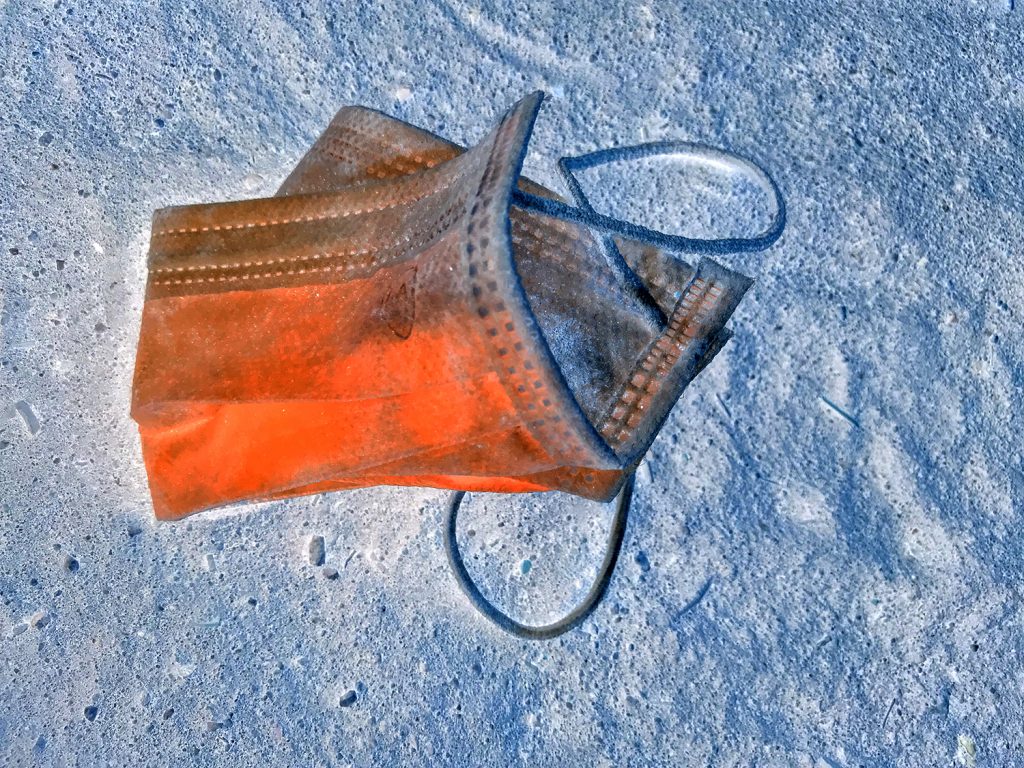
Figure 18: Photo by Pato Hebert from his Disembodies series, and our 2nd co-authored piece on long-term COVID, “It Could be So Much Worse.”
Peter
… and dancing, and walking, cooking, gardening, building… Our whole sense of our collective embodiment has taken a serious blow over the last year – one that has pushed us not only towards new extremes, but also into new opacities and forms of disconnection between and with the other people around us. For some of us, COVID remains even today an almost invisible phenomenon – something that is known only through its mediatisation, and through the physical absences produced by the biopolitical measures put in place. For others, it has been a cataclysm happening directly in their bodies, and the bodies of those they love, and which is yet barely nameable or shareable as such, thanks to the ongoing impoverishment of our shared language, which depends on the maintenance of shared spaces and shared rituals and gestures – all the things we have been deprived of, and have had to try and reinvent. It’s in this context that I see your turn to poetry. Even more than vernacular images, we need to restore vernacular speech – those words which are ours, which are fashioned and refashioned through the attempt to articulate our own experiences, on our own terms, among ourselves. Perhaps we need poetry today even more than we need films or videos. Perhaps we always have.
Alex
When we spoke earlier about how making videos is bettered by sharing it with others and talking about it together, we implied that vernacular video, or political media, gain an effective intoxicating pull in conversation, in a shared embrace, in a mutual engagement, in a known and multi-peopled interaction enabled by technology. The tools are only that; it is how we use them that potentially saves or changes us. Vernacular video, or Zoom, could bring one into the collective, just as they could alienate you from it or from yourself. Digital media could isolate you. It brought us this conversation. Our media intentions, choices, and contexts matter.
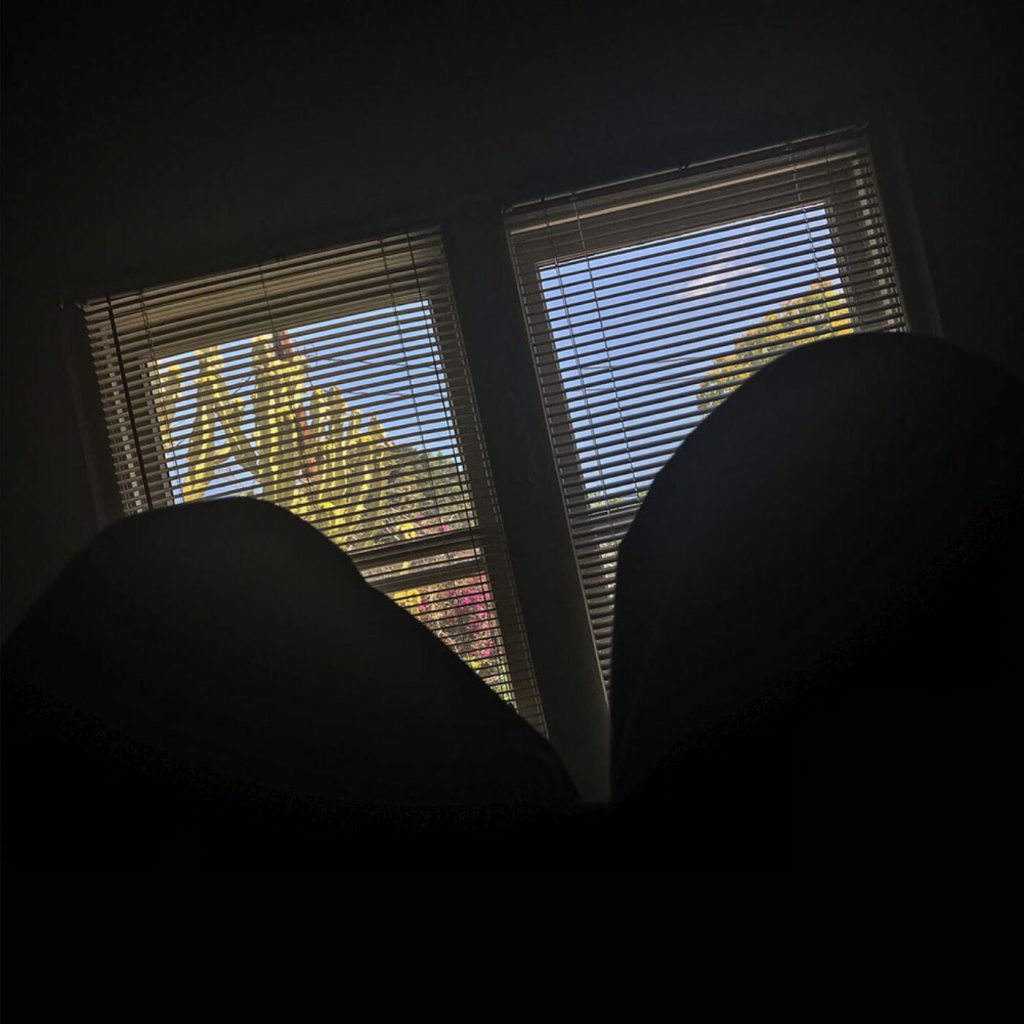
Figure 19: “Pato Lying in Bed, April 3, 2020,” from his Disembodies series, in “You’re Still Sick,” Juhasz and Hebert
Much as is true of your work on vernacular video, my earlier work on YouTube celebrates video (and also art and communication) that speaks its history, and names the place from whence an image springs, as well as where it might connect historically, politically, and humanly. Because face it: there’s always also the parallel pressure of the no-context, the corporate-context, for any video on the internet. YouTube makes and owns context and structure for viewing: what you watch next, advertisements, fonts. You suggest that the videos that inspired you are “occupying YouTube,” and perhaps that was true for a moment, or a year, or several years. That body of vernacular video and its anarchive held space despite YouTube’s constraints and contexts.
But I’ve been consistently interested in the pressure of the corporate underpinnings that at once permit videos to sit and move only then always to restabilize them, not for community but for capital. That context: the corporate owned and built infrastructure of advertising, censorship, data-collection. Do we also need to control these other layers of technology or is it enough to use video as we’ve been emphasizing: to bring some more people into community and consolidate friendships and connections ethically? Do we just let the rest of the context go? And, since we know that much of that anarchive of vernacular video that you cared so deeply about was ultimately used against people, I know that we can’t just give that up. We don’t own the infrastructure and that harms us.
Peter
The fact that we don’t own the infrastructure is a huge problem – and not only when it comes to the media! As Tere Vadén and Juha Suoranta put it, “socialist media = basic welfare + common servers + the power of the soviets.” The equation, of course, also applies in other domains.
In the meantime, for sure there will be other openings, and other occupations. The only thing I’m sure of is that the next time, it won’t be YouTube. There’s a moment in technological emergence where the space that a technology opens hasn’t yet been closed down and controlled. Today, all these years later, that level of YouTube may persist somewhere for some activist communities, but it’s been buried under all the other layers. The only way to get to it for most people is through projects that actively excavate the archive, and reconstitute it, otherwise, and elsewhere. I’m thinking of things like Mosireen’s video archive of the Egyptian revolution at 858.ma, or bak.ma which began as an archive of the occupation of Gezi Park in 2013 and has since developed well beyond that. (The similar domain names point to a common infrastructure, the pando/ra software for open video archives developed and maintained by 0x2620 in Berlin and CAMP in Bombay. The very existence of this software, and these archives, represent one possible form that can be taken by the practical transnational solidarity I talked about earlier.)
It’s almost like we find ourselves in a different geological era. Those potentials that briefly came to the surface and seemed almost for a moment to be triumphant, now a decade ago, have since been powerfully compacted under corporatization. This is not only a question of material infrastructure and its affordances, but also of how we think and speak about them, the spaces our language opens up, and those it closes down. I was struck too when you write about how the biological metaphor of “the viral” works to conceal the intentions and affordances that are being developed behind all that layering. That language functions to condition us for acceptance. We accept the “viral” because it sounds natural, and that language has itself been naturalised. So, it does not appear as the projection of power that it is, it’s just what’s happening. The fact that we have no control of it becomes a given, and not – as it should be – a site of struggle.
Alex
I believe you are referring to my adage “virality is virility,” that has grown from my fake news literacy work? That viral logic, one fully manifested in weaponized mediatized grandiosity is damaging not just to the world, but to movements where historically, any potential outsider who grows the we is understood as critically important. But this commitment to human growth is now nestled within a viral logic—the more, the better, the bigger, the more, the hits, the influence—that comes out of neo-liberalism and late stage capitalism, and which underwrites the internet. So, again, I believe we have to be local. We have to be small. We have to think against this violent growth and through other logics. But maybe that’s not it exactly: not one or the other. Because in your book, you are very, very moved by how big it all is. How many of them there are, how far it goes:
It is through such assemblages – of videos, but not only of videos – that the distributions of knowledge and of ignorance, of perception and of blindness, of distance and of intimacy, which support the political regimes these revolutions have sought to bring down (and in which we may perhaps recognize the lineaments of a larger political dispensation, whose measureless ambition seeks to imprison and reduce life everywhere) can be temporarily rendered inoperative, so that new relations may emerge among the “people” – that is, between the numberless singularities that compose and traverse an “us.” (p. 212)
The unmeasurable mass of numberless singularities is one aspect of the power you relish in that anarchive: it’s bigger than one video and as small as the particular. So, there is something to scale that moves, and moves people. That connects. How do we keep this gentle, I wonder?
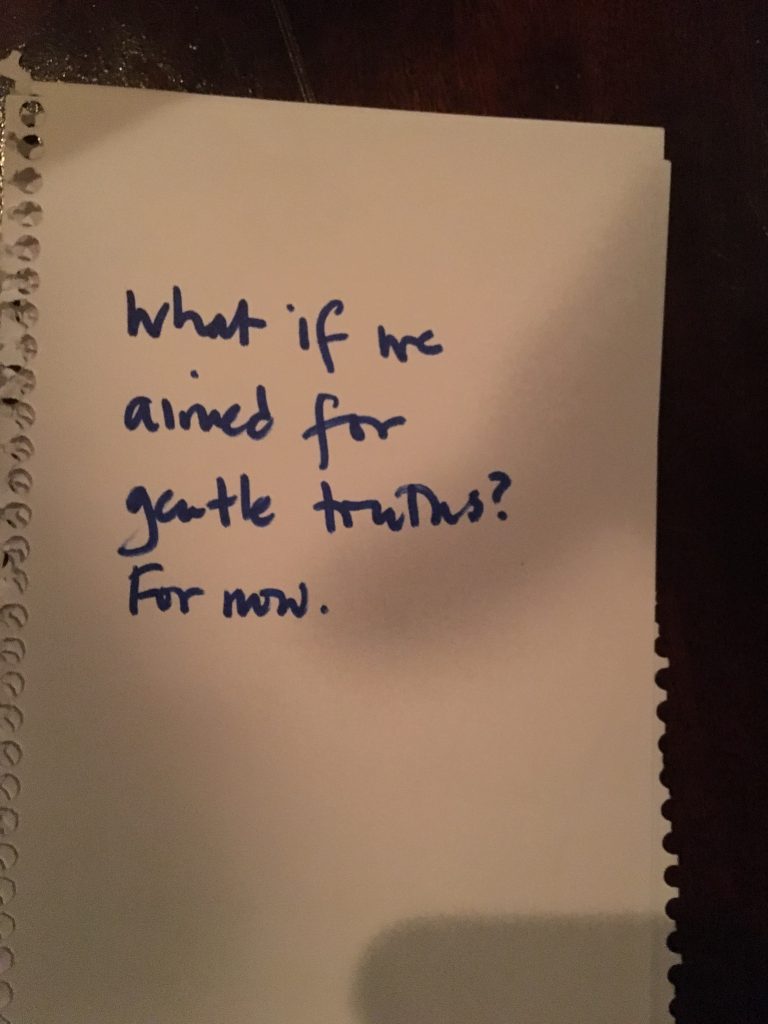
Figure 20: Poetry fragment from Fake News Poetry Workshop held in Toronto during the Society for Cinema and Media Studies annual meetings, 2018. My 18-episode podcast from Summer 2020 about the Fake News Poetry project is called “We Need Gentle Truths for Now.”
Peter
I’m not impressed by the big as such, and certainly not by the biggest. And I also write against the totalising images that try to sum such events up in a single top-shot of Tahrir Square in which the image becomes simply a cipher for some very large number, that is ultimately the number “1”… There is a quality in the moment of expansion and extension, the moment when something passes from one person to another, one street to another, one crowd to another, that is less to do with size than with a gradient of intensity. There is a moment where the shift in quantity becomes a shift in quality, and which has nothing to do with arguments over whether on such and such a day it was 1 million people in the street, or 2 million, or “only” a couple of hundred thousand.
Also, I guess that what I’m thinking is: as we are scaling up, are we also retaining our control, our own specific ways of speaking and organizing while also leaving space for each other? I’m tempted to reach for an economic analogy. It’s one thing to have global trade in weird, precious commodities, like rare stones, or specialist artefacts, or obscure perfumes, as long as 90% of your interrelationships with people remain within a scale that you can feel some sort of membership in and some sort of influence over. But when even just meeting your basic nutritional needs depends upon global supply chains over which you have absolutely no knowledge let alone competence, that is another story. And I think with images, it is the same. If there’s a basis of small-scale (human-scale) autonomy, then you can engage with people who are not part of that “scale” on a totally different basis than if you don’t have that. To engage easily and fruitfully with people who are distant from you, in whatever sense of “distant,” it’s important that you are not centrally dependent on them for crucial, vital, life-and-death things. And given that condition, then the distant can be a realm that is generative of curiosity and hospitality, rather than being subject to overwhelming imperatives and needs, and thus to the expanding leverage of force and violence.
To put it another way, there are political and economic constructions that effectively undermine the ethics and politics of friendship. What seems to me vital is to work on and in these fields where friendship becomes not only possible again, but where its potency can grow.
Alex
The potency of people, the intensity of engagement, the reciprocity of seeing and being seen, these can be produced and also shared, with technologies. You write about the “wes” and “thems,” but there are people who are not in either the “we” or the “them.” They’re not the bad guy. They’re not the “they.” But they’re also not local, and they’re watching, and they’re having feelings. That’s a lot of people, especially around the videos you consider. How can we bring each one of those people in to the “we”? I don’t know what kind of vernacular video can do that today given their scale, and given who owns them. So maybe we need tools today to select and composite. Maybe we need new things that we might still call documentaries in that they bundle fragments into human-scaled, movement-oriented experiences of each other.
In my “Ceding the Activist Digital Documentary,” I think about the skillful management of the total collection of mediated fragments about Facebook to itself be a “documentary.” In that cynical piece, I suggest that powerful corporations are best placed to have this kind of total and creative control over internet fragments. In later work, about my own related funky online art projects, I think about what this might look like on a human, feminist, and local scale.
Peter
We should always remember that the proportion of these videos from the Arab revolutions that were circulated on the Internet were a tiny minority. The filmmaker Stefano Savona has described how returning to Cairo some time after the 18 days, he found the people who he had met during the first phase of the revolution sharing their videos with one another by showing them their phones – offering them as concrete tokens of trust, whose place is in those immediate, face-to-face relations, not in the no-context of the online. This is also another way in which the non-local and the local depend upon each other, and make each other possible.
These documentaries you imagine would function, it seems to me, in another way again, one I associate with what traditionally would have made film art: that each such film contains, or should contain, its own context, or at the very least a proposal for what that context can be, from which we can assent or dissent. And so, in that limited practical sense, it therefore has a kind of autonomy which allows it to travel and potentially also call for a response in a different register.
Alex
That is what the internet is not; that is what YouTube is not; that is what Twitter is not. These infrastructures, these platforms are not that, not art. The corporate Titans that produce them have tried to convince us that they could be that for us. They tell us this fake news: that they are a total context. But I say, that will not do for our project of ethical, reciprocal, change-focused, mediated engagement.
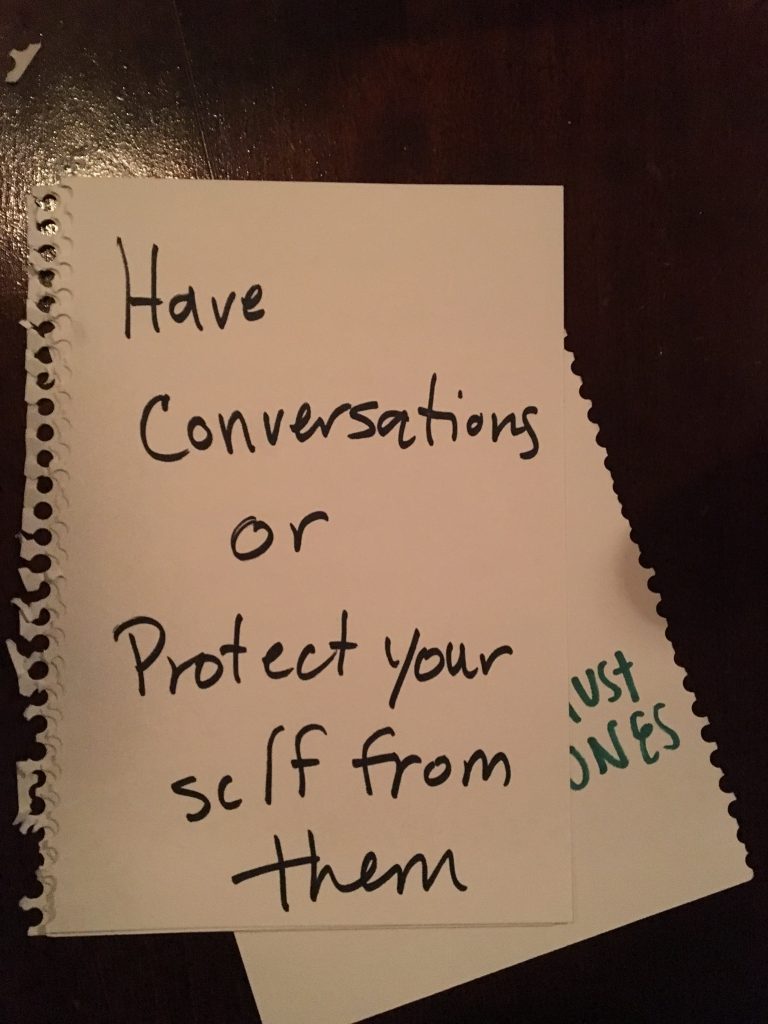
Figure 21: Photo of poem fragment penned at Fake News Poetry Workshop in Toronto, during the 2018 SCMS conference.
Peter
But you can still go into a pub that’s part of a corporate chain. And if you switch the music off for two minutes, you can sing folk songs, protest songs, work songs, in the corner – whether they be old songs, or new ones – until the management put the music back up, or try and throw you out. What matters is that those songs are yours, they belong to you, they are enmeshed with the texture of your daily life, and so they speak to you of and from that life. The battle even for that kind of limited space may be intensifying. But spaces can still be, and will still be, commandeered, because people will feel the visceral need to do so, and at some point, neither they nor anyone else will be able to repress that desire for a space, and a language, that are ours.
In a way, that’s also what I was trying to do with the film: smuggle these very lo-fi videos through a form that might, conceivably, lead to them being shown one day in a multiplex, and then – watch what happens. Watch what kinds of conversations take place, what kinds of connections are formed, after the lights go back up. Or rather, not watch them, but be there in them, with them, part of them. The important part of filmgoing, even in its most traditional sense, is what happens when the film is over, and we are left alone, together.
I guess, in the end, I’m just really confident in people – not all people, but in people, that part in each of us (as Agustín García Calvo puts it) that is still able to say “no” – to continue inventing workarounds and solutions and ways out of, and tricks, to evade this control, that I could never anticipate or predict. And I was very delighted in 2011, 2012 to feel that I was actually “there” when one of these “ways out” was being realized, and it was realized partly in a space that I could enter into, as well as in those streets and those squares that were too far away for me to join them there. And next time, it will be different.
Alex
And to me, that’s medium agnostic and technologically motivated but not dependent. And yes, I share your faith that human beings will and do find humane uses of media and technology even when or because they’re controlled there and elsewhere.
Figure 22: Video-poem made by participants at a Fake News Poetry Workshop at New Utrecht High, in Brooklyn NY, 2019
Peter
Yes. Because in the end, the sad reality of that control is that on the level that matters most, it is an illusion. So, the controllers will always be the ones who have missed out – the ones who have not actually lived.
Alex
I think I heard you say before that that thing is what we call art, and you found it once on YouTube.
Peter
In the sense that art is what it feels like when you are living from the center of your humanity. It’s not something you find in a museum. Yes, exactly!

